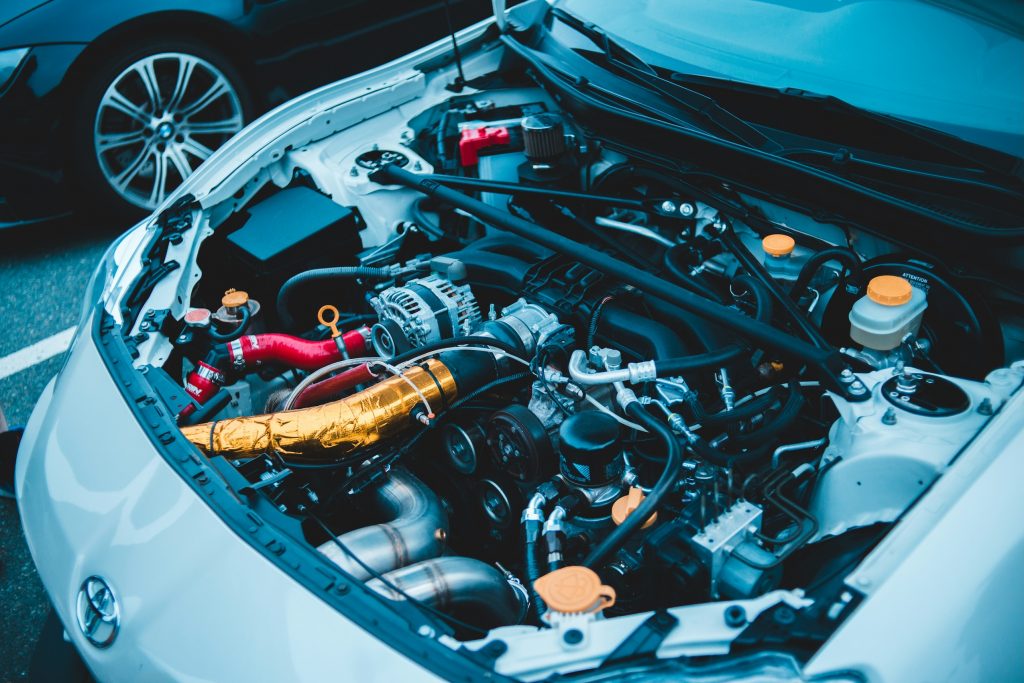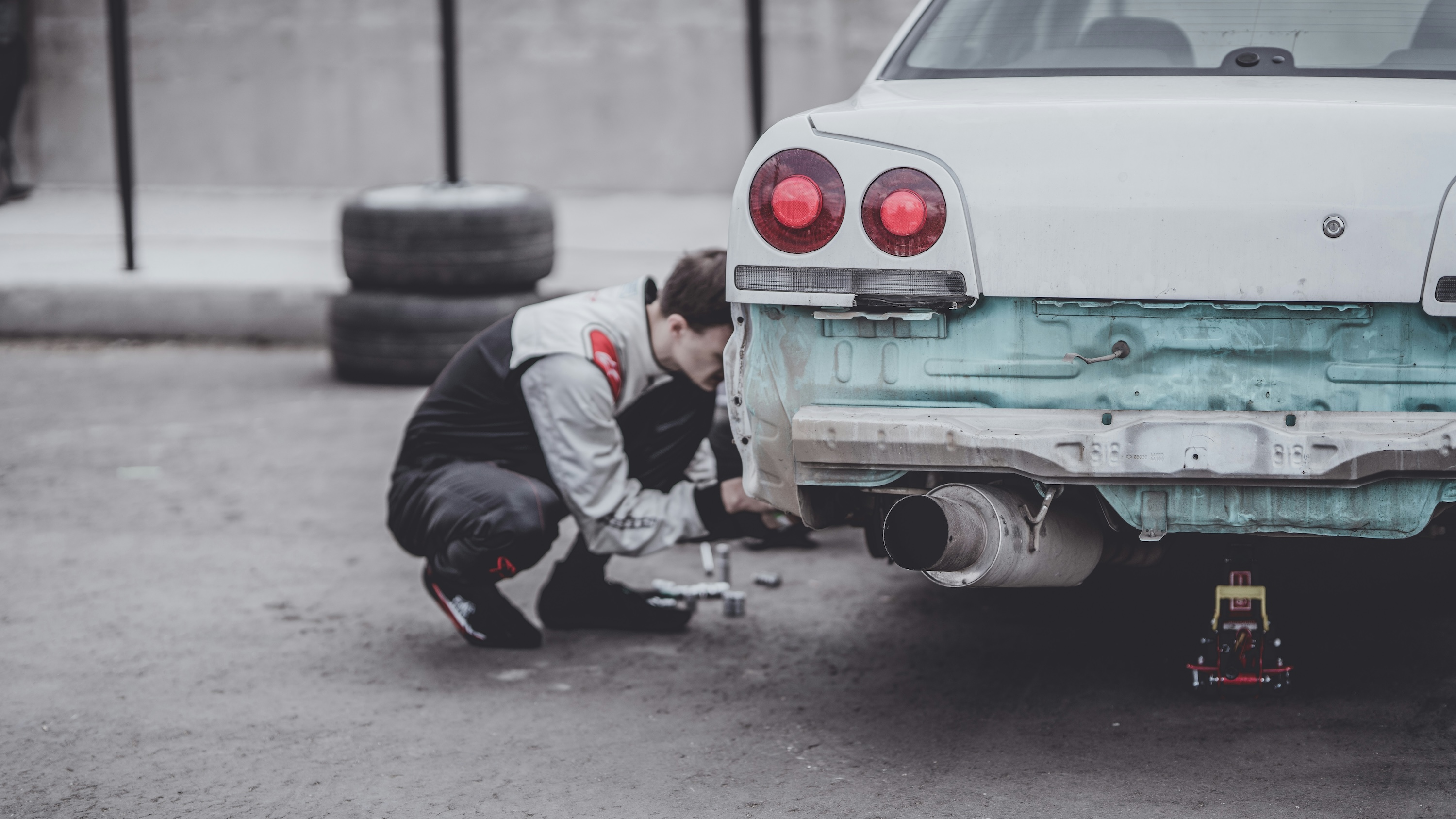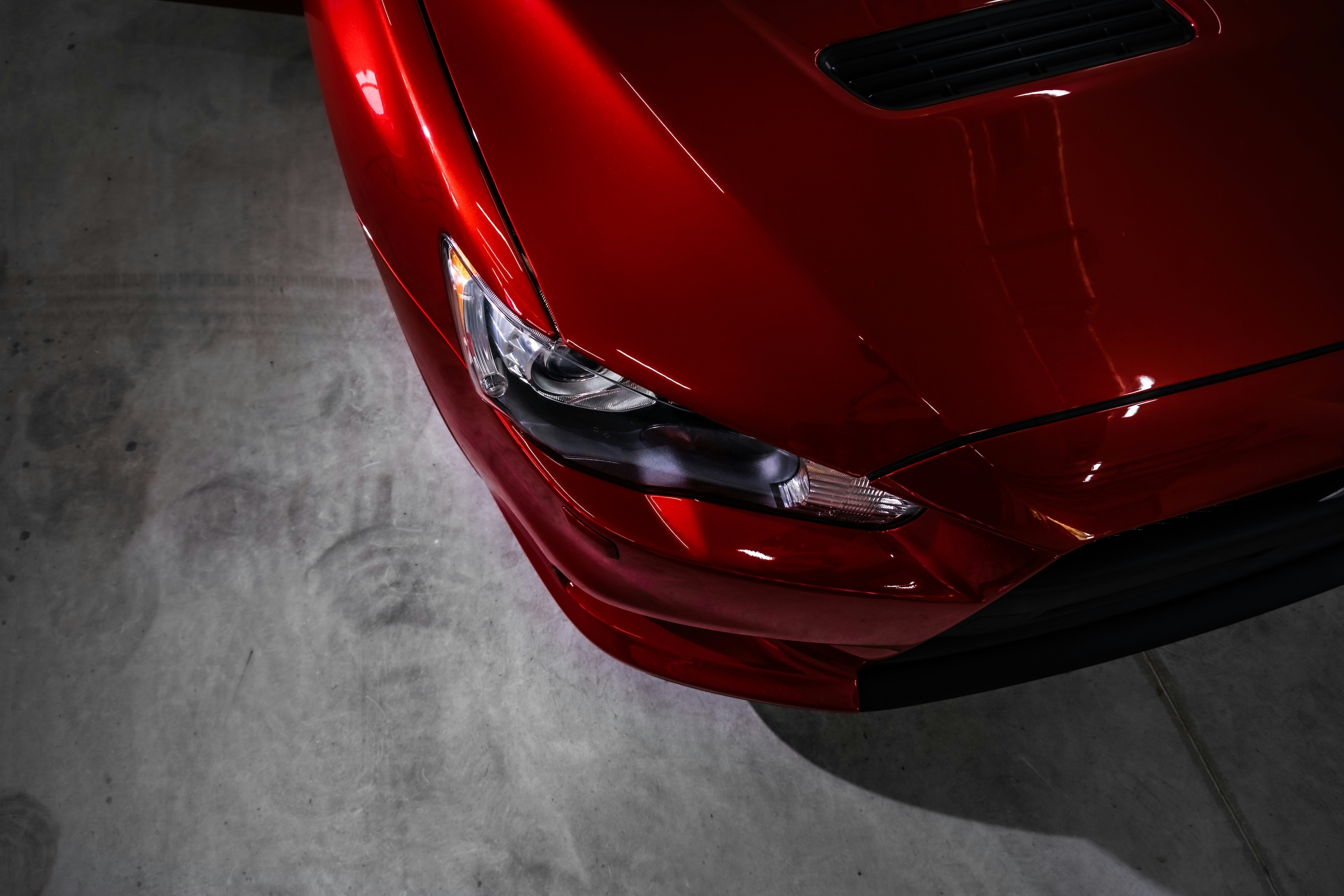
Why Your Vehicle Fails Its WOF – And How to Avoid It
Keeping your vehicle roadworthy isn’t just about convenience – it’s about safety. In New Zealand, every light vehicle must undergo a regular WOF check (Warrant of Fitness) to ensure it meets key safety standards. But what happens when your car fails its WOF inspection?
In this article, we’ll explore the most common reasons for WOF failure and how to prevent them, helping you save time, money, and hassle.
Common Reasons Your Car Fails Its WOF Inspection
1. Faulty Lights or Indicators
One of the most frequent causes of WOF failure is a simple one – a blown bulb. If any of your headlights, brake lights, or indicators are not working, your vehicle will not pass. This includes cloudy or discoloured lenses that reduce brightness.
Tip: Regularly test all lights before your WOF check, including reversing lights and number plate lights.
2. Worn or Damaged Tyres
Your tyres must have a tread depth of at least 1.5mm across all major grooves. Tyres that are excessively worn, cracked, or mismatched can all cause a WOF failure.
Tip: Learn how to check your tread depth with a 20c coin (see FAQ below).
3. Cracks in the Windscreen
A chip or crack in your windscreen – particularly in the driver’s field of vision – can cause your car to fail its WOF inspection. Even small cracks may spread over time, becoming a serious safety issue.
4. Suspension and Steering Issues
Worn shocks, leaking struts, or excessive play in your steering system will be flagged during your inspection. These are critical components for handling and control.
Tip: If your car feels bouncy, pulls to one side, or clunks over bumps, have it checked before your WOF.
5. Rust and Body Damage
Rust in structural areas, such as around seatbelt mounts or underbody supports, can result in an automatic failure. Surface rust is usually fine, but structural rust poses a safety risk.
Tip: Regularly inspect the lower edges of your doors, wheel arches, and under the car for signs of corrosion.
6. Braking Problems
Worn brake pads, uneven braking, or fluid leaks will be picked up during the WOF check. If your braking distance feels longer than usual or your brakes squeal, it’s time for a check-up.

How to Avoid Failing Your WOF
Staying on top of your car’s maintenance doesn’t have to be stressful. Here are some practical ways to prepare:
- Book a pre-WOF inspection or service if your car hasn’t been looked at in a while.
- Walk around your vehicle and test all lights and wipers.
- Check tyre condition and pressure regularly.
- Fix visible cracks or chips in the windscreen early.
- Listen for unusual sounds when braking or turning.
- Keep your vehicle clean, especially underneath where rust may develop.
At Autostar, we provide expert servicing and minor repairs on-site, so if your car does fail its WoF inspection, we’ll help you fix the issues quickly and get you back on the road – often on the same day.
What Happens If You Fail the WOF Check?
If your vehicle doesn’t pass, you’ll be issued a WOF failure notice. You then have 28 days to make repairs and return for a free recheck at the same inspection centre. If it goes beyond 28 days, you’ll need to pay for another full inspection.
Learn more from the official NZTA WOF page.
Frequently Asked Questions about WOF
Can I drive if my WOF has expired?
No. Driving with an expired WOF is illegal in New Zealand and may result in fines. It can also affect your insurance coverage if you’re involved in an accident.
Does the WOF check the engine?
Not directly. A WOF is focused on safety, not mechanical performance. The engine itself isn’t inspected unless there’s a visible safety issue such as fluid leaks or insecure components.
Does the WOF check tyre wear?
Yes. Inspectors check tyre tread depth (minimum 1.5mm across major grooves), condition, and inflation. Cracks or bulges in tyres may also lead to a failed inspection.
What lights are checked during a WOF?
The inspection includes headlights (high and low beam), brake lights, indicators, tail lights, reversing lights, and number plate lights. All must be working properly and aligned.
Are seat belts checked in a WOF?
Yes. Seatbelts must be in good condition, securely mounted, and operate correctly. Frayed or damaged seat belts will cause a WOF failure.
Is the airbag checked in a WOF?
Yes. The airbag warning light is checked. If the airbag light is on or there’s evidence the system isn’t working, your car will not pass the WOF.
Is the exhaust system part of the WOF inspection?
Yes. The inspector checks for excessive noise, secure mounting, and leaks in the exhaust system. A faulty exhaust may pose safety or environmental risks and lead to failure.
Will my car fail its WOF if a light isn’t working?
Yes. If any essential lights such as headlights, brake lights, or indicators are not working, your vehicle will fail the WOF inspection.
How can I check tyre tread depth?
You can use a New Zealand 20-cent coin. Insert the coin into the tyre tread — if the silver edge is still visible, the tread is too shallow and may not meet the minimum legal requirement.
Keep Your Car Safe with Autostar
At Autostar Panel & Paint, we do more than just fix WOF failures. We provide a full range of services under one roof:
WOF checks and inspections
Regular servicing and diagnostics
Mechanical repairs for all makes and models
Tyres and wheel alignment
Air conditioning re-gas
Panel beating and insurance repairs
We are an NZTA-approved WOF inspection site and an MTA-approved auto repair workshop. Our team includes certified WOF inspectors and senior technicians with over 20 years’ experience working on European and luxury vehicles.
From minor fixes to major accident repairs, we have the skills and tools to get your car back on the road quickly and safely. We also work directly with insurance providers to make the claims process simple and stress-free.
Visit us at 55 Lincoln Road, Hillmorton for trusted, professional automotive care in Christchurch.


